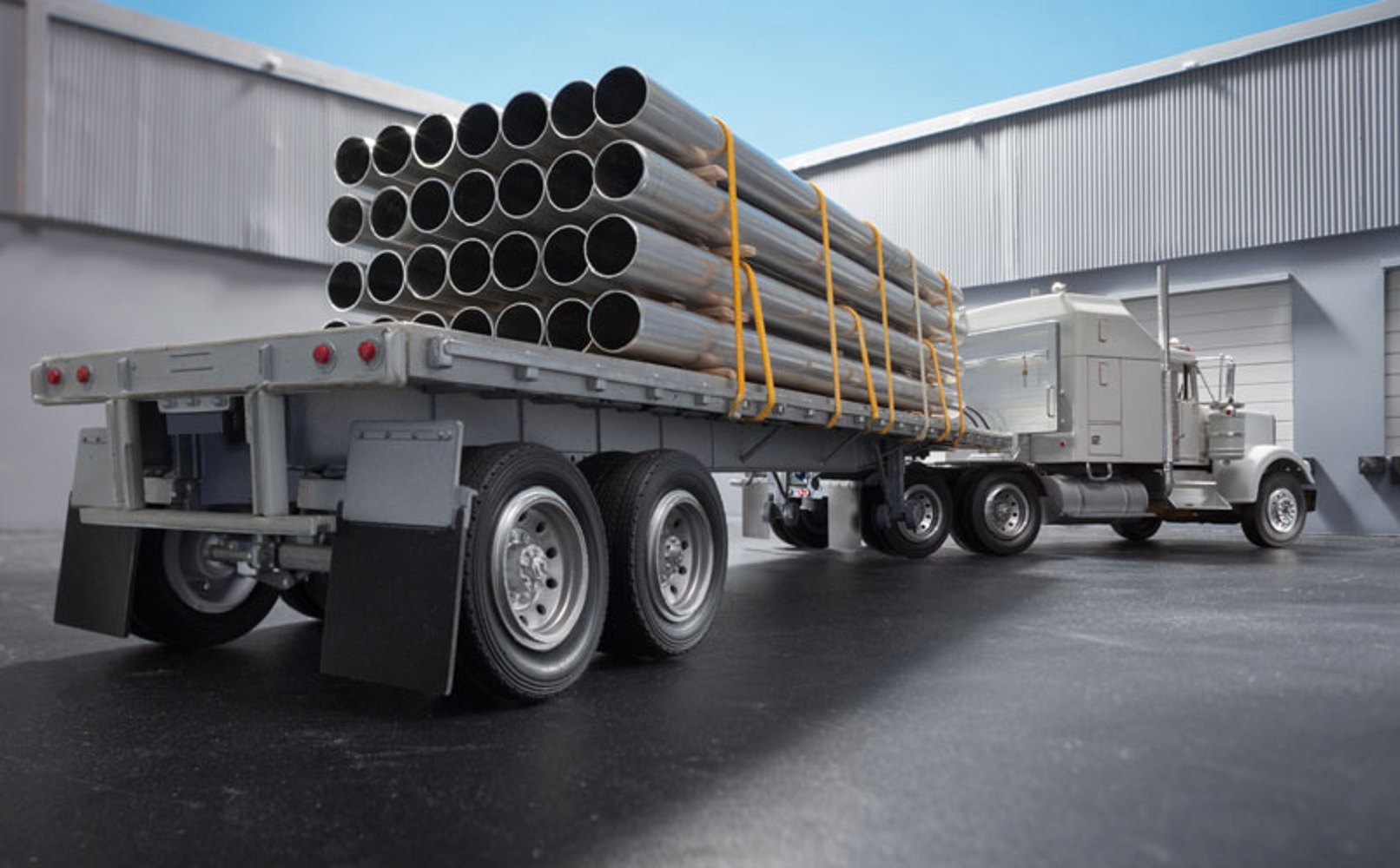A Comprehensive guide on Stainless Steel Pipe Installation, Railing Systems, and Cutting Services
Stainless steel pipes and railing systems are essential components in modern construction, industrial facilities, and even residential projects. These products are widely appreciated for their durability, corrosion resistance, and sleek aesthetic.
From supporting structural loads to serving as protective barriers and decorative elements, stainless steel solutions are everywhere — in buildings, bridges, staircases, balconies, and factories.
The demand for stainless steel products has grown steadily as builders and homeowners prioritize safety, longevity, and a contemporary look. Cutting services complement these systems by enabling precise shaping and customization to meet different design and safety requirements.

Why Stainless Steel Pipes and Railings Matter
Durability and Longevity
Stainless steel is highly resistant to corrosion, rust, and environmental damage. This makes it ideal for outdoor applications and harsh industrial environments.
Safety and Compliance
Railings and pipes often serve as protective barriers to prevent falls or support weight. Stainless steel offers strength and reliability that comply with safety standards.
Design Flexibility
Thanks to cutting services and modular railing systems, architects and homeowners can customize designs to suit different aesthetics — from minimalist and modern to ornate and traditional.
Wide Application
These systems are used in:
Commercial buildings
Residential homes
Industrial plants
Public infrastructure (like pedestrian bridges)
They help solve practical problems such as ensuring safety, providing support, and enhancing architectural appeal.
Recent Trends and Updates
Increased Focus on Sustainability
In the past year, there has been a growing focus on environmentally friendly materials. Stainless steel is 100% recyclable, making it a preferred choice for green building projects. According to the World Steel Association's 2024 report, about 85% of stainless steel used globally is recycled after its lifecycle.
Advances in Cutting Technology
Modern cutting services now include laser and plasma cutting, providing high precision and minimal waste. As of 2024, more fabricators are adopting automated CNC cutting machines, which offer faster production times and improved safety.
Modular Railing Systems
Modular systems have gained popularity due to their easy installation and customization. These pre-engineered kits reduce labor costs and time, making them attractive to both contractors and DIY enthusiasts.
Integration with Smart Systems
In commercial buildings, stainless steel railings are being integrated with smart safety systems, including motion sensors and automated lighting. This trend started gaining traction in late 2023 and is expected to grow.
Regulations and Standards
Building Codes and Safety Standards
In most countries, stainless steel pipes and railing systems are subject to strict regulations to ensure safety and structural integrity.
For example:
International Building Code (IBC): Requires guardrails in areas where there is a fall hazard of 30 inches or more.
American Society for Testing and Materials (ASTM): Provides standards such as ASTM A312 for stainless steel pipe specifications.
European Standards (EN 1991): Specifies load requirements for railings in public spaces.
Accessibility Laws
Many regions require railing systems to comply with accessibility guidelines, ensuring they can be used by individuals with disabilities. In the U.S., the Americans with Disabilities Act (ADA) sets specific height and design requirements.
Local Permits
Before installation, local permits are often needed, especially in commercial or public buildings. Compliance with municipal safety codes helps avoid penalties and ensures public safety.
Useful Tools and Resources
A range of tools and resources can help with planning, installing, and maintaining stainless steel pipe and railing systems.
Design and Planning Tools
AutoCAD or SketchUp: Popular for designing custom railing layouts.
Online load calculators: Help estimate weight capacity and structural load (e.g., Engineering Toolbox).
Cutting and Fabrication Tools
CNC machines: For precise, automated cutting.
Laser and plasma cutters: For detailed, clean cuts.
Tube notching tools: To prepare pipe ends for welding or joint fitting.
Installation Accessories
Mounting brackets and base plates
Specialized fasteners for stainless steel
Torque wrenches and alignment tools
Online Resources
| Resource | Purpose |
|---|---|
| International Code Council (ICC) | Updates on building codes and standards |
| World Steel Association | Industry trends and data |
| ADA Guidelines | Accessibility standards |
| Local municipal websites | Permit requirements and safety codes |
Frequently Asked Questions
What types of stainless steel are used for pipes and railings?
The most common types are 304 and 316 stainless steel. Type 304 is suitable for most indoor and mild outdoor environments, while 316 offers superior corrosion resistance and is preferred in coastal or harsh industrial settings.
How long do stainless steel railings last?
When properly maintained, stainless steel railings can last 50 years or more. Their resistance to rust and minimal maintenance requirements make them a long-term investment.
Do I need professional cutting services, or can I cut pipes myself?
While DIY cutting is possible using saws or handheld tools, professional cutting services provide higher precision, smoother finishes, and reduce the risk of errors. They are especially recommended for large or complex projects.
Are there maintenance requirements for stainless steel railings?
Yes. Although stainless steel is low maintenance, regular cleaning with mild soap and water helps prevent surface stains and maintains its shine. In coastal areas, more frequent maintenance is recommended due to salt exposure.
What permits are needed for installing railings?
Permit requirements vary by location. In most urban areas, installing railings on balconies, terraces, or public buildings requires permits to ensure compliance with safety codes. Always consult local authorities or a licensed contractor.
Conclusion
Stainless steel pipes, railing systems, and cutting services form a crucial part of safe, modern construction. Their durability, aesthetic versatility, and adaptability to different environments make them an essential choice for architects, builders, and homeowners alike.
With evolving trends toward sustainability and precision, and strict adherence to safety standards, these solutions continue to shape the way we build and protect our spaces. By understanding the materials, regulations, and available tools, anyone can make informed decisions that lead to safe and beautiful installations.